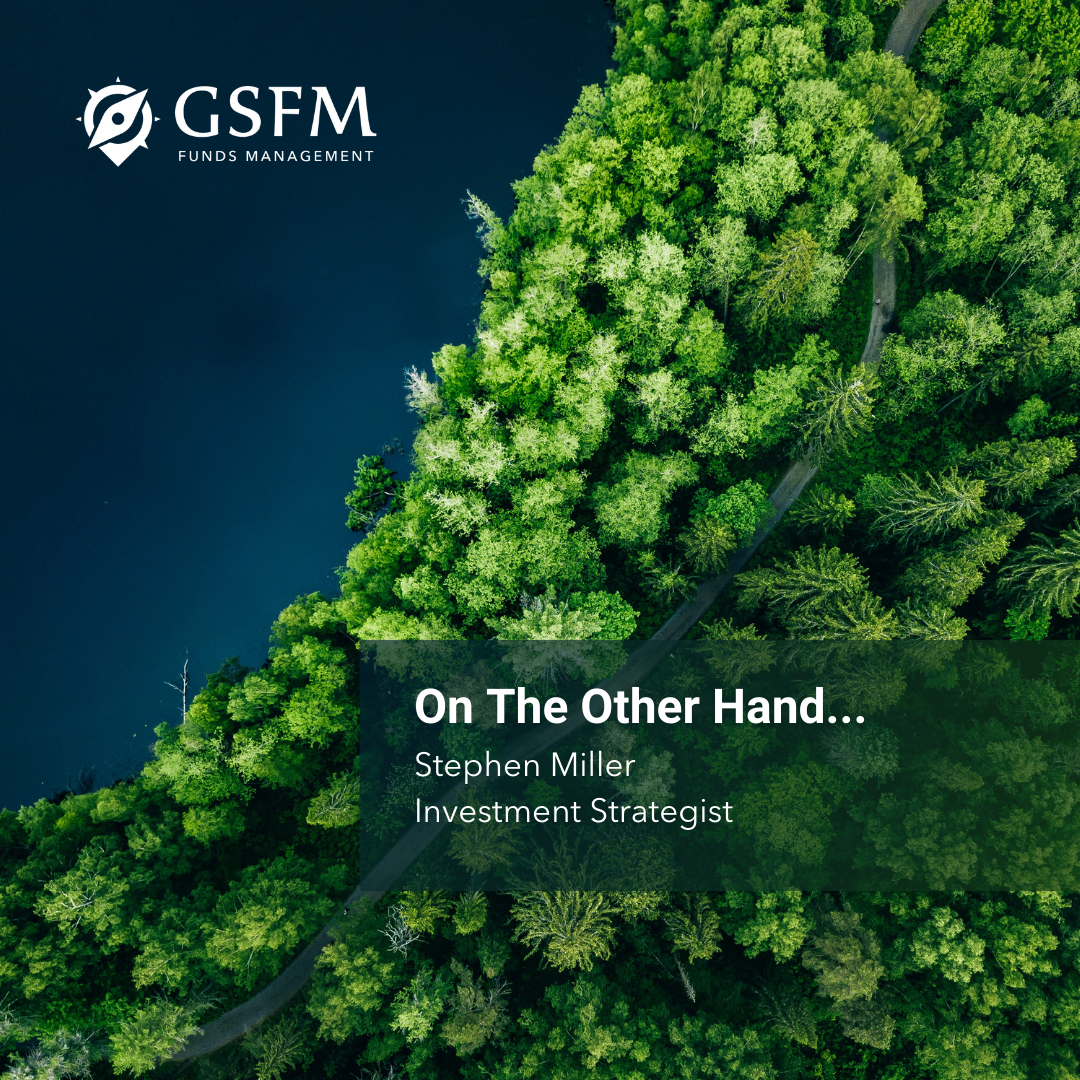One of the earlier hits of renowned Australian kids band, The Wiggles, involved juggling a “hot potato”. Currently, that seems an appropriate metaphor for the world of central banking, as central banks seek to finesse their guidance – create some “wiggle room” – leaving markets juggling the “hot potato” of policy rate expectations.
1. RBA gives itself more “wiggle room”
RBA Governor Philip Lowe’s comments this week, and his Statement on Tuesday following the RBA’s 25 basis point (bp) increase in the policy rate to 3.60%, signal a more flexible approach to future policy rate increases. That said, the RBA believes that it will have to tighten monetary conditions further but it is prepared to observe how key price and labour market data unfold before deciding on the extent of future increases in the policy rate.
My view remains that the policy rate will need a “4 handle” to adequately tackle inflation. Nevertheless, the Governor’s approach is sensible and gives him the requisite flexibility to go to a “4 handle” if that is deemed necessary. However, should the labour market weaken substantially more than currently expected, or the price and wage data show a more substantial deceleration than currently expected, more modest rises or a “pause” might be contemplated.
That flexibility – or “wiggle room” – reflects some modestly softer labour market data, as well as modestly softer official wage data and indications from the monthly consumer price index (CPI) that inflation pressures may have peaked.
However, in my view, it is not clear that inflation has peaked in the sense that a meaningful turning point is imminent. One of the largely unremarked features of last week’s national accounts was a steep fall in productivity: GDP per hour worked fell 3.5% over the year to the December quarter 2022, meaning that unit labour costs (the most relevant labour cost gauge for inflation) increased by more than 7% over the same period. That could mean that any peak in inflation may simply presage a plateau rather than any meaningful turning point.
The US and European experiences add a cautionary note. After inflation appeared to turn down toward the end of 2022 in both the US and Europe, progress since that time has been somewhat more tempered than had been anticipated.
My view that a “4 handle” is required is a little above what is currently reflected in market pricing, leading to a belief on my part that interest rate markets in Australia are setting themselves up for a negative (upside) surprise.
A major data point is the March quarter CPI, to be released on 26 April. That will need a meaningful turning point in annual trimmed mean inflation to something approaching 6.5% or lower to justify no change in the policy rate from here.
2. Fed also seeks “wiggle room”
In Congressional testimony this week, US Federal Reserve Chair Powell also sought to convey to legislators that he needed flexibility. However, in contrast to the circumstance in Australia, that was because price and labour market data have surprised on the upside (albeit that US measures of inflation are below those in Australia).
After having raised the policy rate by “only” 25 basis points (bps) at its January meeting after meaningful turning points in inflation toward the end of 2022, it would appear that inflation and labour market resilience exhibited so far in 2023 may have provided some food for thought as to whether the signal sent by such a move – that the cyclical peak in the policy rate was near – might have been premature.
The question of whether the Fed decides on a 25bp or 50bp increment at the FOMC meeting that concludes on 22 March remains an open question. Indeed that was evident in Chair Powell’s overnight testimony where he noted that in relation to the size of the policy increment to follow the upcoming Fed FOMC meeting on 21-22 March that “…I stress that no decision has been made on this…”.
As in Australia, there are critical data points to be negotiated prior to that meeting, commencing with the all-important February non-farm payrolls report on Friday evening and the February consumer price index (CPI) next Tuesday.
A range of factors will influence the quantum of a rate rise: an unemployment rate that persists at 3.4%, employment to increase by say more than 250k, the annual core CPI rate to persist at 5.6% or rise further, then a reversion to 50bp increments becomes more likely for the March meeting, although obviously the detail (particularly service sector price pressures in the CPI) will be important.
I am sanguine enough to imagine that confluence of events is unlikely but confess to a lack of conviction on that score. The January Job Openings and Labor Turnover (JOLTs) report overnight indicated persistent high levels of vacancies, while the ADP report also indicated a higher level of employment than anticipated. The latter, however, has not always been a great guide to the payrolls report and it certainly didn’t foreshadow January’s blockbuster employment report.
Probably reflecting some “stickiness” in services inflation, Federal Reserve officials, including Powell in his Congressional testimonies this week, continue to adopt a hawkish stance.
At this stage, I’d continue to conjecture a total of 75bp increase from the Fed in 2023, taking the upper limit of the policy rate target to 5.5%, with clearly some upside risk.
However – and clearly contingent on the data – I suspect US interest rate markets appear to have adequately reflected the Fed’s hawkishness and I suspect that expectations of the peak policy rate are not that different between markets and the Fed. I suspect also that markets have, in the main, reflected the “higher for longer” mantra from the Fed. On that basis, I think the capacity for upside surprise for US interest markets is less than it is for Australia.
That to me continues to suggest that the US 10-year bond yield is probably range-bound around a mid-point close to 4%. On that basis, it is not a stretch to posit that government bonds offer investors a modestly attractive enough yield without the prospect of significant capital losses.
A proximate stabilisation in bond yields may be good news for US equity markets, representing as it does the abatement of what has been a significant valuation headwind. However, while equities benefit from stabilising bond yields, the question remains whether earnings estimates have appropriately priced the cyclical downside. Depending on the extent of cyclical downside, equities seem likely to offer single-digit returns and perhaps more if any recession is shallow and short-lived.
3. Bank of Canada doesn’t need much “wiggle room”
As was largely anticipated, having already been transparently telegraphed, the Bank of Canada opted to “pause” further increments in the policy rate.
The BoC has delivered a total of 425bps worth of tightening in this cycle, making it among the more aggressive of developed country central banks. The move come after the release of January inflation numbers that showed signs of a meaningful turning point in inflation, possibly reflecting the Bank’s relatively early display of monetary policy aggression.
That earlier aggression has seen the Bank of Canada arrive at a position to credibly contemplate a “pause”.
The Bank did flag, however, that they’re still weighing whether additional hikes will be needed to rein in inflation.
4. Bank of Japan
There is some (minority) speculation that Kuroda may leave his successor gargantuan “wiggle room” by adjusting or scrapping altogether the central bank’s yield curve control program. That is highly unlikely in my view.
Stephen Miller is an Investment Strategist with GSFM. The views expressed are his own and do not consider the circumstances of any investor.






